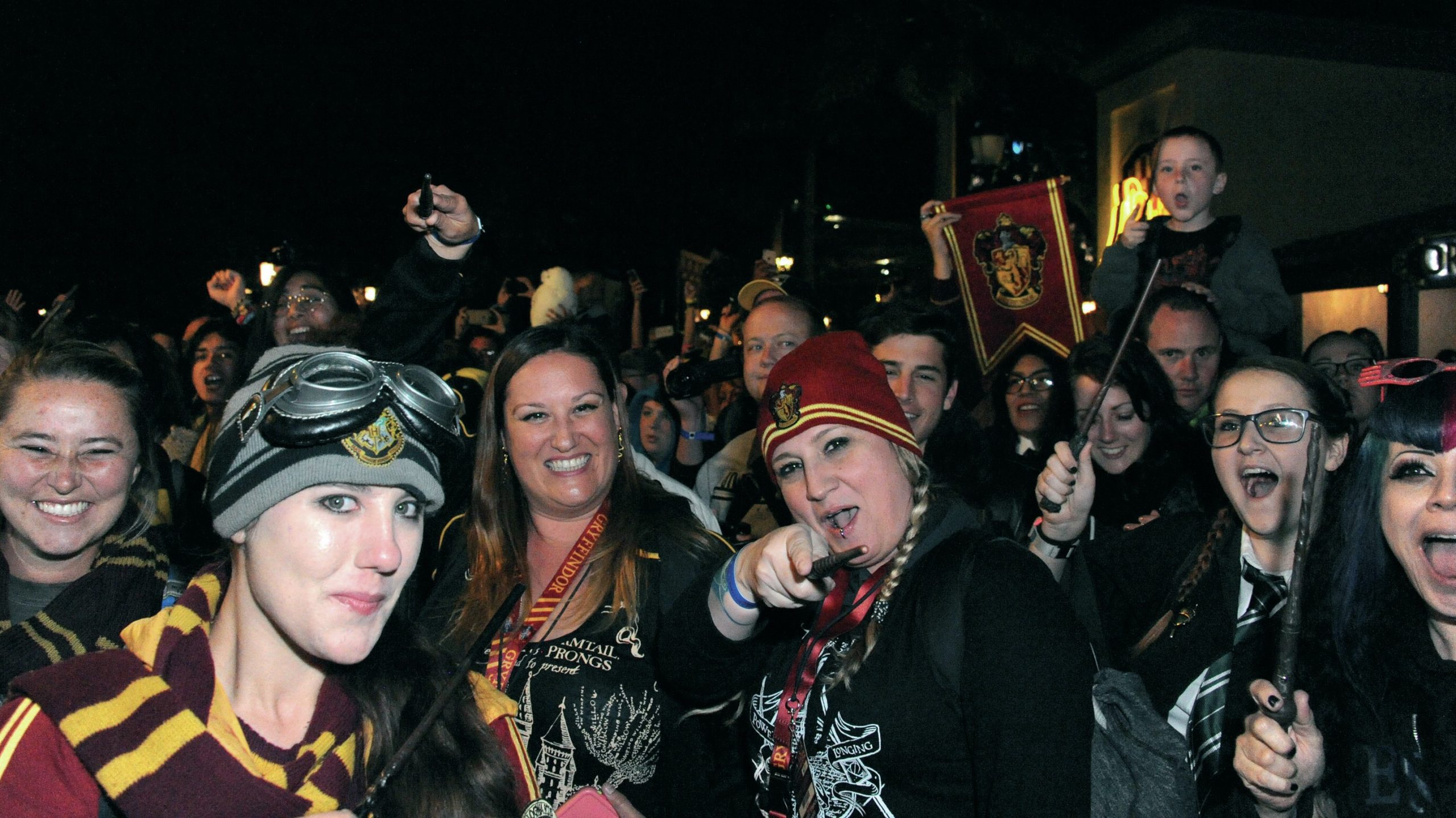
Our idea of celebrity has been handed down to us through the legacy of Hollywood. The red carpets, limos and champagne have become well-worn clichés that are parodied by reality TV and other media. Today’s stars are as likely to resemble the boy or girl next door as a god or goddess gazing at the skies in the style of Alexander the Great. Furthermore, they are emerging, increasingly, not through the celestial realm of cinema, but through a webcam in somebody’s bedroom.
Back in the 1950s, a psychiatrist and a sociologist came up with the concept of ‘parasocial interaction’ (Horton and Wohl 1956). They described this as a kind of illusory relationship that the public strikes up with ‘media figures’ — people appearing in various media. At the time, they were particularly interested in an American radio show called The Lonesome Gal in which a seductive-sounding young woman complained about her lack of a love life, and received sackloads of marriage offers from male listeners each week.
Your organisation does not have access to this article.
Sign up today to give your students the edge they need to achieve their best grades with subject expertise
Subscribe



